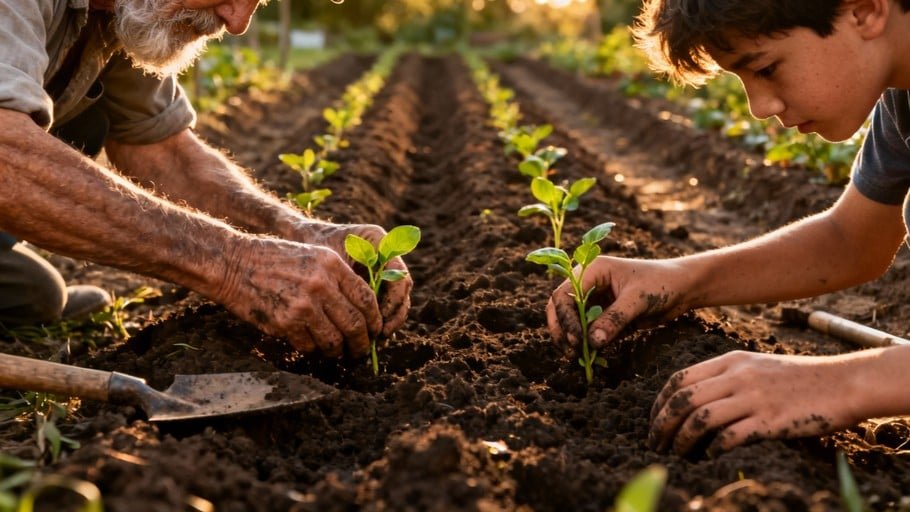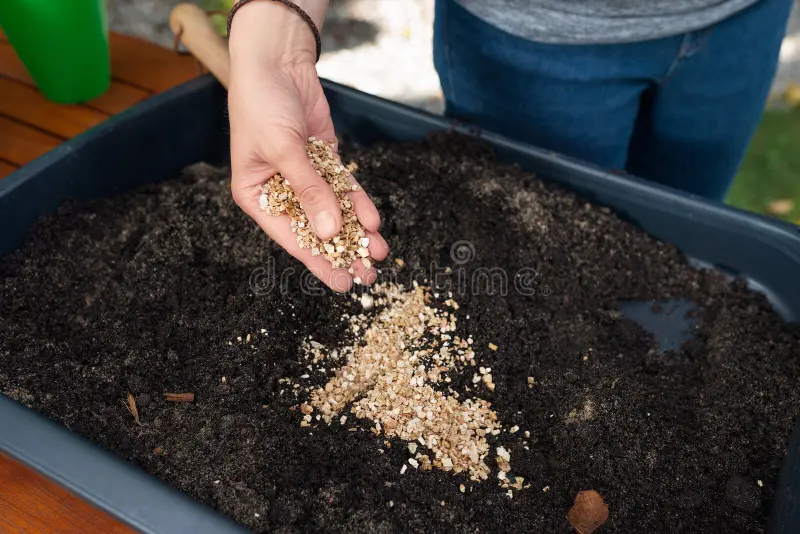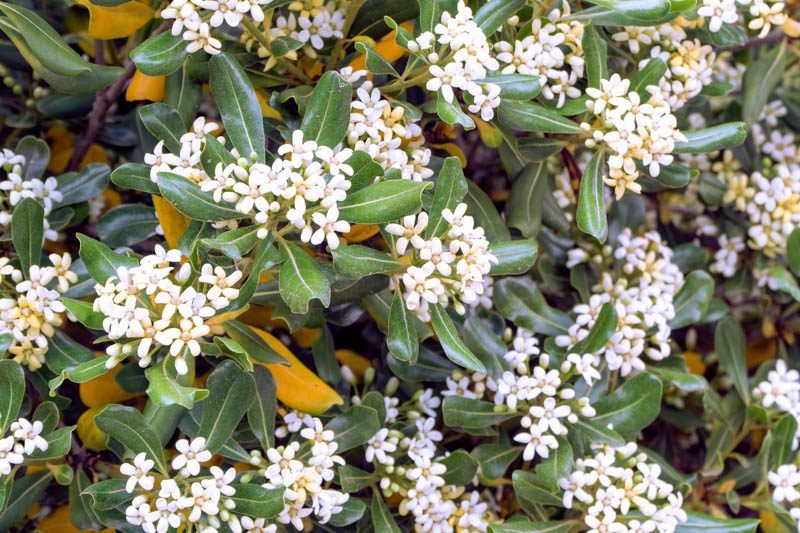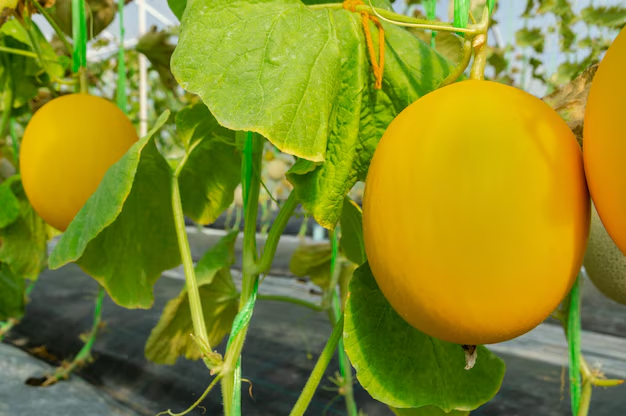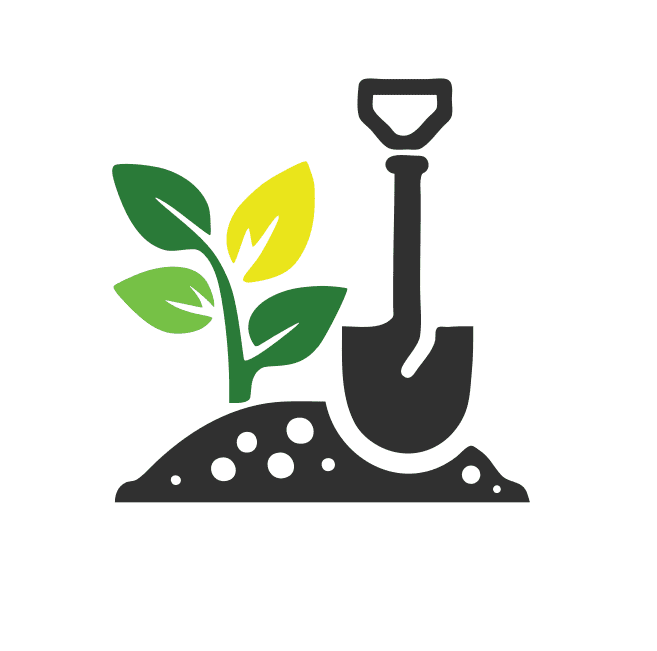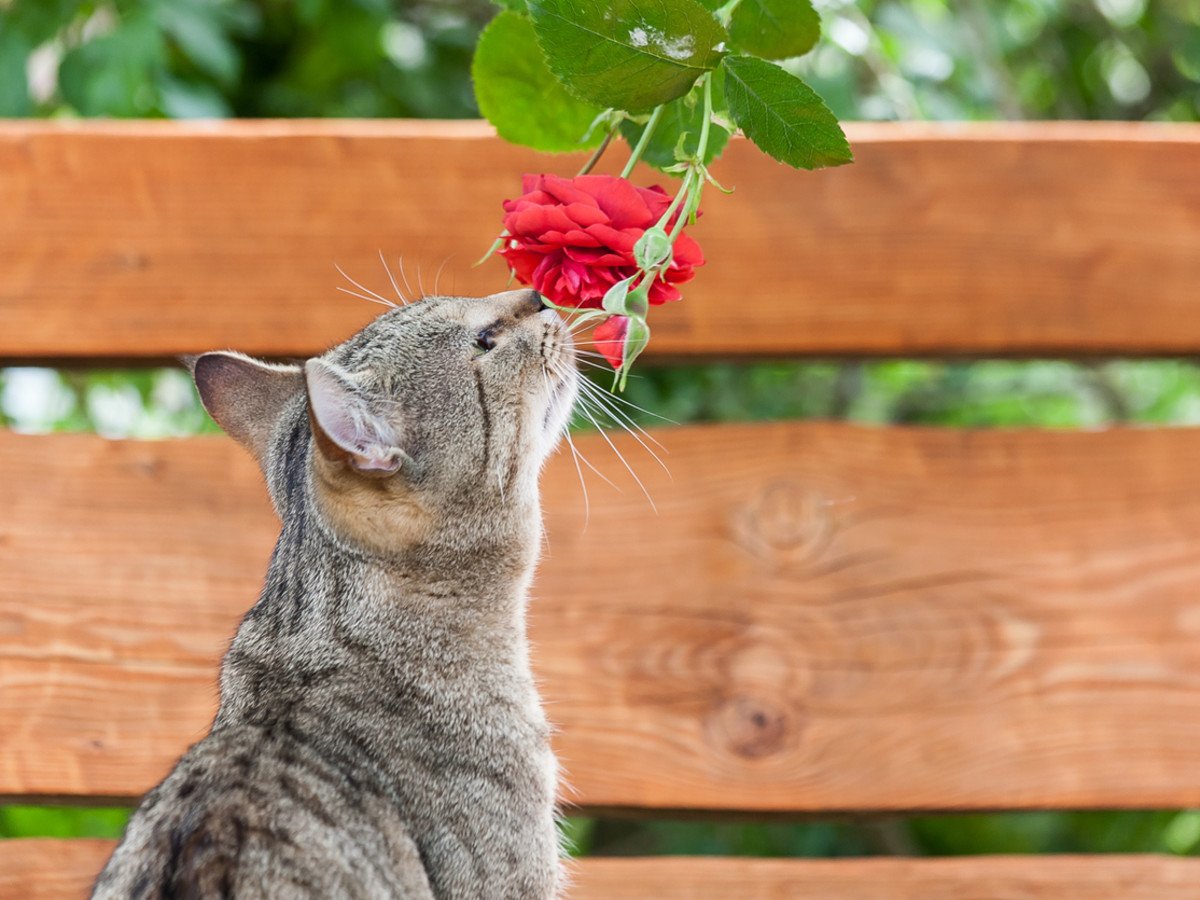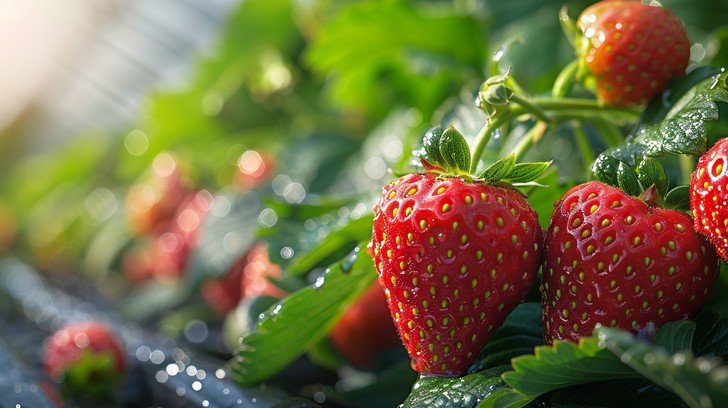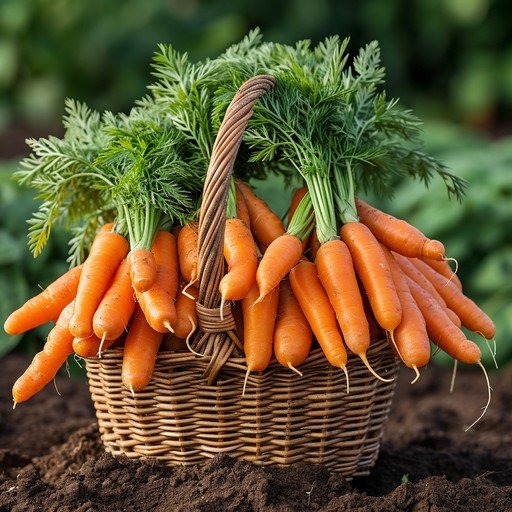Gardening for Beginners: Step-by-Step Guide to Your First Garden
If you have ever dreamed of growing your own vegetables, herbs, or flowers but didn’t know where to start, you are not alone. Gardening can seem overwhelming for beginners, but with the right approach, anyone can create a thriving garden at home. This gardening for beginners guide will walk you through every step, from choosing your space to harvesting your first crop.
Whether you have a small backyard, a sunny balcony, or just a few containers, gardening is a rewarding hobby that brings fresh food, beauty, and peace of mind into your life.
Step 1: Understand the Basics of Gardening for Beginners
Before planting your first seed, it is important to understand what makes plants grow successfully.
Gardening for beginners starts with these three essentials:
-
Sunlight: Most plants need at least six hours of direct sunlight daily. Observe your space to find areas that receive consistent light.
-
Water: Consistent moisture is key, but overwatering can cause root rot. Water deeply a few times per week instead of shallow, frequent watering.
-
Soil: Healthy soil provides nutrients and good drainage. If you are unsure about your soil quality, consider adding compost or using raised garden beds.
For a more detailed understanding of soil improvement, you can read this guide on how to prepare your garden soil for planting from our own blog.
Step 2: Choose the Right Gardening Space
When starting gardening for beginners, location is everything. Plants need the right environment to thrive.
Backyard or Ground Garden
If you have space, a small backyard garden bed is ideal. Choose a flat, sunny area that drains well after rain. Avoid areas with large tree roots or heavy shade.
Container Gardening
If space is limited, use pots, grow bags, or containers. They are perfect for herbs, lettuce, tomatoes, and peppers. Containers also let you move plants to catch more sunlight when needed.
Raised Garden Beds
Raised beds are popular because they provide excellent drainage, better soil control, and easy access for planting and weeding. You can build a simple 4×8-foot bed using untreated wood.
For an example of how to start a small garden bed, check out this beginner’s backyard garden guide.
Step 3: Decide What to Grow
A successful gardening for beginners plan starts with the right plant choices. Select plants that match your local climate and available sunlight.
Easy Vegetables for Beginners
-
Lettuce
-
Radishes
-
Tomatoes
-
Peppers
-
Beans
-
Zucchini
Herbs That Grow Well Anywhere
-
Basil
-
Mint
-
Parsley
-
Chives
-
Rosemary
If you prefer flowers, go for hardy, low-maintenance blooms such as marigolds, sunflowers, or zinnias.
Tip: Check the USDA Plant Hardiness Zone Map to determine which crops grow best in your area. You can find it on the U.S. Department of Agriculture website.
Step 4: Prepare the Soil
Healthy soil is the foundation of every good garden.
-
Clear the Area: Remove weeds, rocks, and debris.
-
Loosen the Soil: Use a garden fork or tiller to aerate the top 6–8 inches.
-
Add Organic Matter: Mix in compost, leaf mulch, or aged manure. These improve texture and fertility.
-
Check pH Levels: Most vegetables grow best in soil with a pH between 6.0 and 7.0. You can buy a simple test kit online or from a local garden center.
For more soil preparation advice, visit The Old Farmer’s Almanac, which offers excellent tips for first-time gardeners.
Step 5: Plant Your Seeds or Seedlings
Planting is one of the most exciting parts of gardening for beginners.
-
Read the seed packet: Follow spacing and depth instructions.
-
Start small: Grow 4–5 different vegetables or herbs your first season.
-
Use seedlings for faster results: If you want a head start, buy small transplants from a nursery.
Gently water your new plants and label each section so you can track what you have planted.
Step 6: Water and Mulch Properly
Consistent watering keeps plants healthy and prevents stress.
-
Water early in the morning when evaporation is low.
-
Avoid soaking leaves; focus on watering the soil directly.
-
Add mulch such as straw or shredded leaves around your plants. This retains moisture and keeps weeds from growing.
Mulching also helps regulate soil temperature, which is essential in hot or dry climates.
Step 7: Maintain and Monitor Your Garden
Once your garden is planted, regular care is essential.
-
Weed weekly: Weeds steal nutrients and water.
-
Fertilize: Use organic compost or natural fertilizers every few weeks.
-
Prune: Remove dead leaves and trim overgrown plants.
-
Check for pests: Look for holes in leaves, discolored spots, or wilting. Use natural pest control methods like neem oil or insecticidal soap.
To learn about organic pest control options, check out the guide on how to control garden pests naturally.
Step 8: Harvest and Enjoy
Harvesting your own produce is one of the most satisfying parts of gardening for beginners.
-
Harvest early and often: Many vegetables, such as zucchini or beans, produce more when picked regularly.
-
Use clean tools: Avoid damaging your plants when harvesting.
-
Store properly: Some vegetables can be refrigerated while others last longer at room temperature.
Once you have tasted homegrown vegetables, you will understand why so many people love gardening.
Step 9: Keep Learning and Expanding
Gardening is a continuous learning process. Each season teaches you something new about soil, timing, and weather.
Join local gardening groups or online communities where beginners share their experiences and advice. Websites like RHS Gardening and Garden Design provide helpful resources for new gardeners.
Step 10: Common Mistakes Beginners Should Avoid
Even with the best intentions, new gardeners sometimes make simple mistakes. Avoid these common pitfalls:
-
Overwatering or underwatering plants
-
Planting too close together
-
Ignoring soil quality
-
Not rotating crops each season
-
Forgetting to fertilize regularly
Start small, observe your plants, and adjust your routine as needed. Gardening success often comes from patience and practice.
Conclusion
Starting your first garden may seem challenging, but with the right plan, anyone can do it. By following this gardening for beginners guide, you will learn how to prepare the soil, plant correctly, and care for your crops throughout the season.
Gardening not only provides fresh food and beautiful flowers but also brings a sense of peace and accomplishment. Whether you grow a few herbs in pots or create a full vegetable patch, the joy of watching something you planted thrive is truly unmatched.
For more beginner-friendly guides, visit our related article on how to start a small vegetable garden in your backyard.
